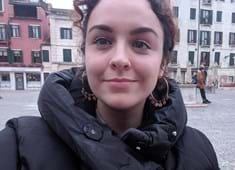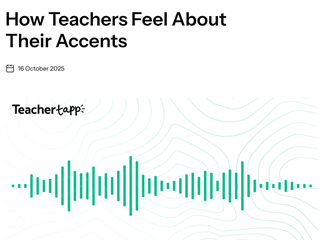In Media Studies, we often think about practical activities in terms of the NEA and, due to the sheer volume of content we need to cover, practical activities can often end up happening nearer to the NEA rather than throughout the academic year. By that point, it can feel ‘high stakes’ and there might be very little time for students to hone the skills they need through trial and error. My colleague at EMC, Claire Pollard and I, decided to look at how the NEA results might be improved by spacing this out and embedding low stakes practical activities as a regular pedagogical approach across the two year course. Equally, we were interested in finding out if these sorts of activities also helped students to be better readers of media texts by helping them to conceptualise academic theories. In short, we were interested in learning more about the effects of practical work as a pedagogical strategy.
How it worked
Firstly, we decided to adapt a 7-week Media Audiences unit in Spring Term 1 to include some low stakes practical activities. In week 2, students were asked to create their own ‘synergetic partnership’ for Fortnite and in week 4, having studied newspapers’ websites, students were tasked with designing their own news website aimed at a teenage audience. For the Fortnite synergetic partnership, students had to present their work in a series of PowerPoint slides and had to include images (copy and pasted pictures and logos) to represent the partnership in the first slide, a paragraph of explanation of the product and how it appealed to the target audience (Fortnite branded Mac make-up, for example), 5 twitter hashtags and slides to show celebrities (e-sports stars or otherwise) who they would get to endorse the new product and why. Students reflected by explaining their choices to each other in a peer-assessment activity.
For the news website, students started by choosing three colours that would make up their colour scheme and sketching a rough template using a screenshot of The Sun homepage for them to get the webpage layout right. After sketching their design ideas and labelling them, they then had to go on Unsplash and Pexels websites to choose a copyright free ‘main image’ for the homepage and download it, ready for the next day. The following lesson, I showed a quick demonstration on WIX.com, a user-friendly free website for creating websites, and students spent the remainder of the lesson putting their project together. For students who found WIX too difficult to navigate, there was A3 paper and a range of coloured pencils for them to create their final draft. Students working on computers took a screenshot of their work and sent it to me in an email. In the ‘reflection’ lesson which followed, I showed the class some examples of good work and explained why they were likely to appeal to the target audience. Students were then given a whole lesson to evaluate their work and make improvements.
Through using student evaluations as well as my own observations, I was able to note down a number of key takeaways about the difference the approach made to students’ learning experience in Media:
- Practical activities allow students to apply their knowledge in a way that feels particularly relevant to them and in ways that have the potential to capture their imaginations about their future careers.
- Embedding practical activities has a positive long-term effect on the classroom culture; students seem to value the subject more for the opportunity it gives them to do these types of activities.
- There was some evidence that students were able to bring different areas of the framework together when reflecting on the processes of writing media texts.
- These activities had a positive impact on students’ confidence in their abilities going into the NEA part of the course.
- Lessons with practical tasks were full participation lessons, allowing me to circulate and adapt my teaching, responding to individuals’ needs.
- Practical tasks offer a different way of assessing the learning of students who are less confident at writing down their ideas and is therefore well suited for a mixed ability classroom.
- Practical tasks are an effective way to teach subject knowledge. More effective, it would seem, than quizzes, note-taking or comprehension style tasks.
We are currently looking for schools to collaborate with to extend our enquiry into the impact of low stakes practical tasks in Media lessons. We would love to hear what types of practical work you are doing with your Media classes. If you have a moment, please fill out this survey.
If you have any questions, please get in touch: [email protected]




